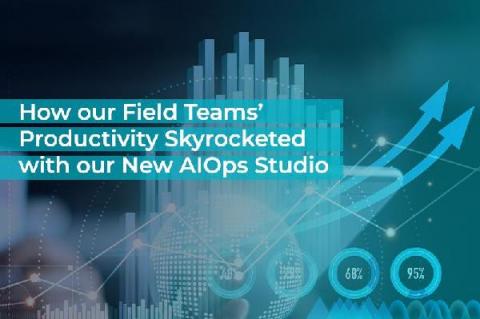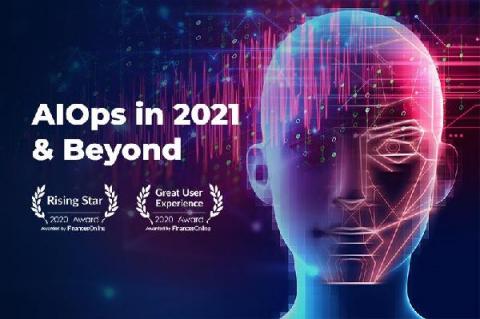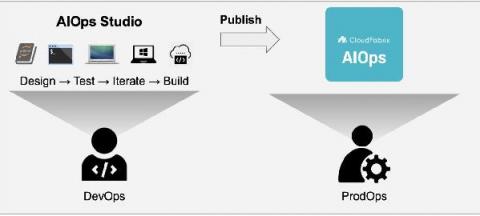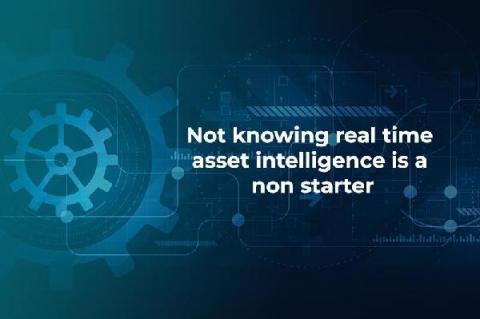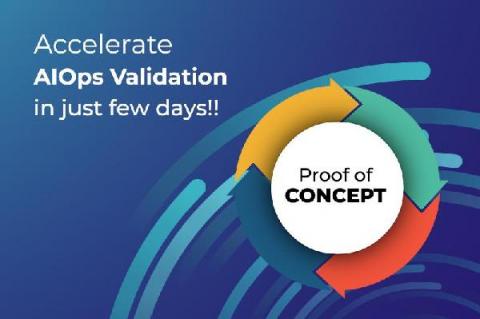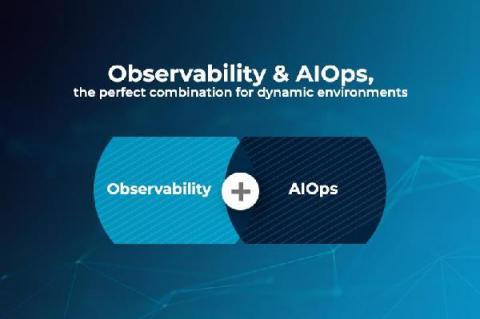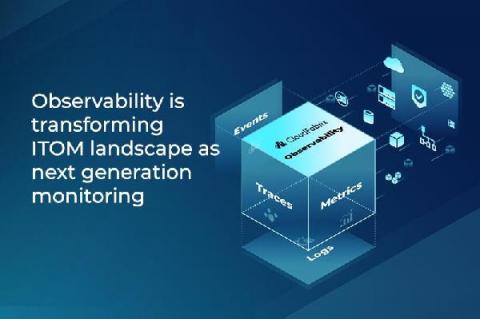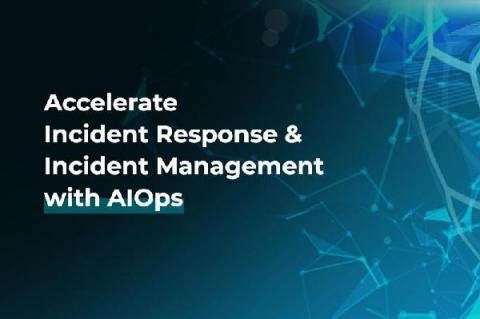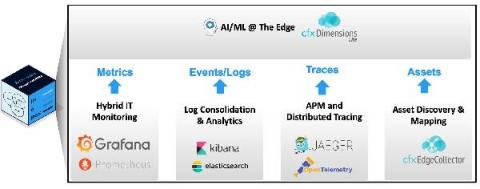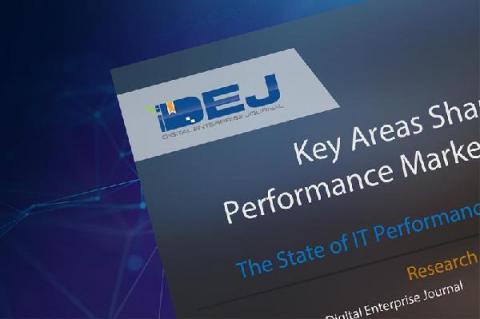Security | Threat Detection | Cyberattacks | DevSecOps | Compliance
Latest Posts
Lately, I have seen fewer call outs from our field teams to our solution engineering team, and I was wondering what could be the reason? Sometimes, our field engineers approach our solution engineering team with advanced requests for data analysis, running what-if scenarios and assessing the quality of data and what new value can be gleaned by combining related datasets.
AIOps in 2021 and Beyond: 5 Trends You Should Be Aware Of
As businesses become increasingly digital, IT operations now deal with more extensive and more complex data than before. Traditional tools and strategies might no longer be enough to help them cope with their growing workload. Hence, many organizations are tuning in to the various AIOps trends available. AIOps is short for Artificial Intelligence (AI) for IT Operations. This is where they use Machine Learning(ML) to enhance and automate IT functions.
Taming the Data Problem and Accelerating AIOps implementations with Robotic Data Automation (RDA)
RDA enables enterprises to operationalize machine data at scale to drive AI & analytics driven decisions. RDA automates repetitive data integration, preparation and transformation activities using bots that are invoked in “no-code” data workflows or pipelines. RDA helps to move data in and out of AIOps systems thereby simplifying and accelerating AIOps implementations that otherwise would depend numerous manual data integrations and professional services activities.
Not knowing real time asset intelligence is a non starter
Complexity breaks correlation. Intelligence brings cohesion. This simple principle is what makes real-time asset intelligence a must-have for AIOps that is meant to diffuse complexity. To further create a context for the user, it is critical to understand service dependencies and correlate alerts across the stack to resolve incidents. CMDB systems have been useful to break down configuration items into logical layers. But, that’s not enough because they can become outdated very soon.
AIOps POC no longer have to be long and resource intensive
Gartner predicts that large enterprise exclusive use of AIOps and digital experience monitoring tools to monitor applications and infrastructure will rise from 5% in 2018 to 30% in 2023. And this prediction is soon turning into a reality. AIOps is showing promising business value as it impacts measurable metrics such as mean time to detect (MTTD), mean time to acknowledge (MTTA), mean time to restore/resolve (MTTR), service Availability, percentage of automated versus manual resolution, and so on.
Observability & AIOps, the perfect combination for dynamic environments
IT teams live in dynamic environments and continuous integration/continuous delivery has been on high demand. In the dynamic environment, DevOps and underlying technologies such as containers and microservices, continue to grow more dynamic, and complex. Now, just like DevOps, observability has become a part of the software development life cycle.
Observability is transforming ITOM landscape as next generation monitoring
First things first. Observability is inherent as a principle to a system and not something that is instilled. Here, we are addressing observability as an open source based solution in the context of insightful monitoring within the ITOM landscape. ITOM is now in the middle of addressing the needs of the expanding and dynamic nature of IT infrastructure as a function. It is no longer about being a monolithic computing stack. It is now beyond monitoring discrete infrastructure elements.
Accelerate Incident Response and Incident Management with AIOps. 5 Key Benefits in Cisco Environments
Artificial Intelligence for ITOps (AIOps) can help accelerate incident response with all the incident context, impact assessment, triage data and collaboration & automation tools at one place.
Doing AIOps Right: Addressing Monitoring Gaps with Observability-in-a-Box
Are your current expensive, traditional or legacy monitoring tool implementations holding you back? It may be time to look into Observability architectures.
CloudFabrix featured in "Top 20 vendors shaping IT Performance" by Digital Enterprise Journal (DEJ)
Emerging digital IT paradigm shifts like Hybrid IT, Multi-Cloud, Microservices & Containerization, Serverless, Software Defined Datacenter etc. are creating compelling new opportunities for IT leaders. However, these same paradigm shifts have also led to a drastic increase in monitored assets, numerous operational tools, and exponential growth of operational data.


